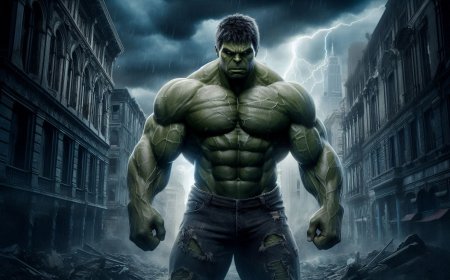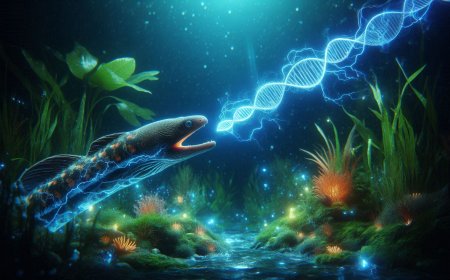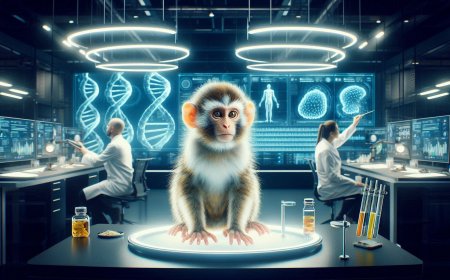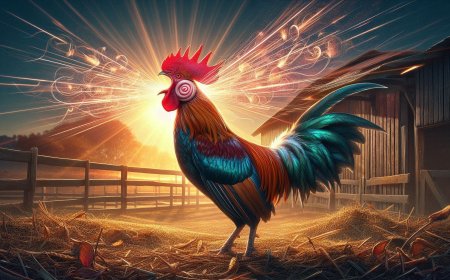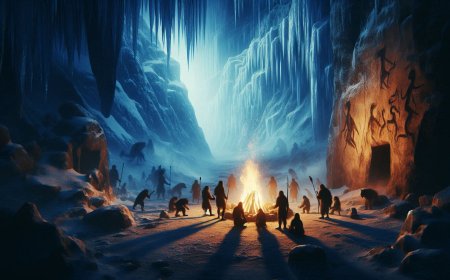Why a Cold Beer Tastes Better: The Science Behind the Chill
Discover the science behind why cold beer tastes better. Learn how temperature affects flavor perception, refreshing sensations, and the chemistry that enhances your drinking experience.
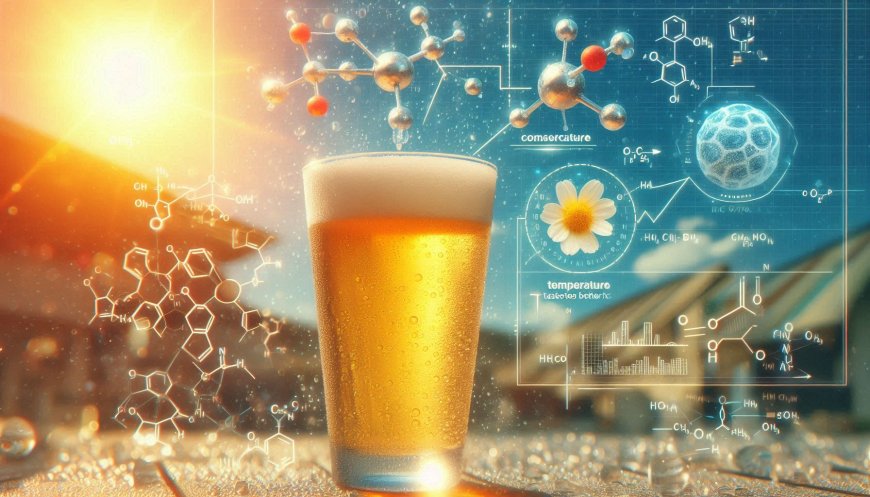
Picture this: it’s a sweltering summer afternoon, and you crack open a cold beer. The first sip is crisp, refreshing, and pure bliss. But have you ever wondered why that cold beer tastes so much better than a warm one? It turns out, there’s some fascinating science behind why chilling beer enhances its taste. From the way temperature affects your taste buds to the carbonation that adds a zing to every sip, let’s dive into the magic of cold beer.
The Chill Factor: Temperature and Taste Buds
The way we perceive flavors changes dramatically with temperature. Our taste buds are more sensitive to bitter and intense flavors when something is warm. This explains why drinking warm beer can feel like an assault on the senses, with bitter notes and alcohol overpowering the experience. However, when beer is chilled, cold temperatures slightly numb the taste buds. This numbing effect dulls the harsh, bitter flavors, while enhancing the more delicate and refreshing ones.
Lagers and pilsners, in particular, thrive in the cold. These lighter beers are brewed to be served chilled, where the subtle malt and hop flavors shine. If served warm, their crispness dulls, and their bitterness intensifies, making the experience far less enjoyable. A study published in the Journal of Sensory Studies confirmed this, showing that people prefer beer at lower temperatures for its more balanced and palatable flavor profile.
The Magic of Carbonation: Fizz that Feels Alive
Part of what makes a cold beer so delightful is its lively carbonation. Cold temperatures help maintain the beer’s bubbles, keeping it effervescent and refreshing. When beer warms up, it loses carbonation, leaving it flat and dull. Cold beer, on the other hand, holds onto its fizz, delivering a burst of bubbles with every sip that enhances the flavor and texture.
Carbon dioxide, the gas responsible for carbonation, dissolves more efficiently in cold liquids. This means that the colder the beer, the longer it will stay bubbly. And those bubbles do more than tickle your tongue—they also help carry the beer’s aromas to your nose, enriching the overall experience. In essence, the fizz in a cold beer enhances both taste and aroma, making each sip more satisfying.
Refreshing in Every Way: The Cool Sensation
There’s nothing quite like the refreshing sensation of a cold beer on a hot day. Beyond the flavors, cold beer cools you down physically. When you’re overheated, your body craves something cold to regulate its temperature. A chilled beer meets that need perfectly, quenching your thirst and making you feel instantly refreshed.
This refreshing quality is a big reason why beers like lagers are so popular in warm climates. The cool temperature doesn’t just taste better—it feels better. The combination of a crisp, cold beer and a warm environment is a sensory delight that transcends taste alone. It’s part science, part psychology, but 100% satisfying.
Flavor Balance: When Cold Enhances and Suppresses
Different beers are meant to be enjoyed at different temperatures. Light beers like lagers and pilsners are best served cold, where the low temperature suppresses any off-flavors and amplifies their clean, crisp profile. The chill helps mask bitterness while enhancing the beer’s refreshing qualities, making it an easy and enjoyable drink.
Darker beers like stouts and porters, however, are a different story. These rich, complex beers have flavors that open up as they warm. Drinking them too cold can mute their deep, roasted notes, so they’re often best enjoyed at slightly higher temperatures. But even then, serving them too warm can bring out unpleasant flavors, tipping the balance from flavorful to overwhelming.
The Psychology of Cold Beer: Expectation Meets Experience
It’s not just science that makes cold beer taste better—psychology plays a role too. Cold beer is often associated with relaxation, social gatherings, and fun. Think of beer commercials: they always feature people enjoying ice-cold brews in sunny, carefree settings. These associations create a powerful mental link between cold beer and pleasure.
When you reach for that frosty drink, your brain is already primed to enjoy it more. This expectation can actually influence how you perceive the taste, making cold beer seem even better than it might be in a blind taste test. It’s a blend of sensory experience and the power of suggestion, but it works wonders on your taste buds.
How to Enjoy Your Beer at Its Best: Practical Tips
To make sure your beer is always at its peak, here are some simple tips to enhance the experience:
- Store Your Beer Properly: Keep your beer in the fridge at around 35-40°F (1.6-4.4°C) to maintain the perfect chill.
- Use a Frosty Glass: Serve your beer in a chilled glass to keep it cold longer, ensuring you get that perfect temperature for every sip.
- Know Your Beer: Light beers taste best cold, while darker ales and stouts can be served slightly warmer. Learn the ideal serving temperature for each style to get the most out of your drink.
Conclusion: The Perfect Chill
In the end, a cold beer isn’t just refreshing—it’s scientifically superior. The way temperature affects your taste buds, the preservation of carbonation, and the psychological link between cold beer and enjoyment all combine to make that frosty brew taste better. So the next time you crack open a beer on a hot day, you can appreciate not only the cool refreshment but also the science behind why it hits the spot. Cheers!
What's Your Reaction?







